If you use chat apps, you most likely use emoji too. Nowadays, emoji are found in practically every message you send or receive. And why not - thanks to emoji, you can express your current feelings very precisely, or anything else - whether it's an object, an animal or even a sport. Currently, several hundred different emoji are available not only within iOS, and more are constantly being added. Today, July 17, is World Emoji Day. Let's look together in this article at 10 facts that you probably didn't know about emoji.
It could be interest you
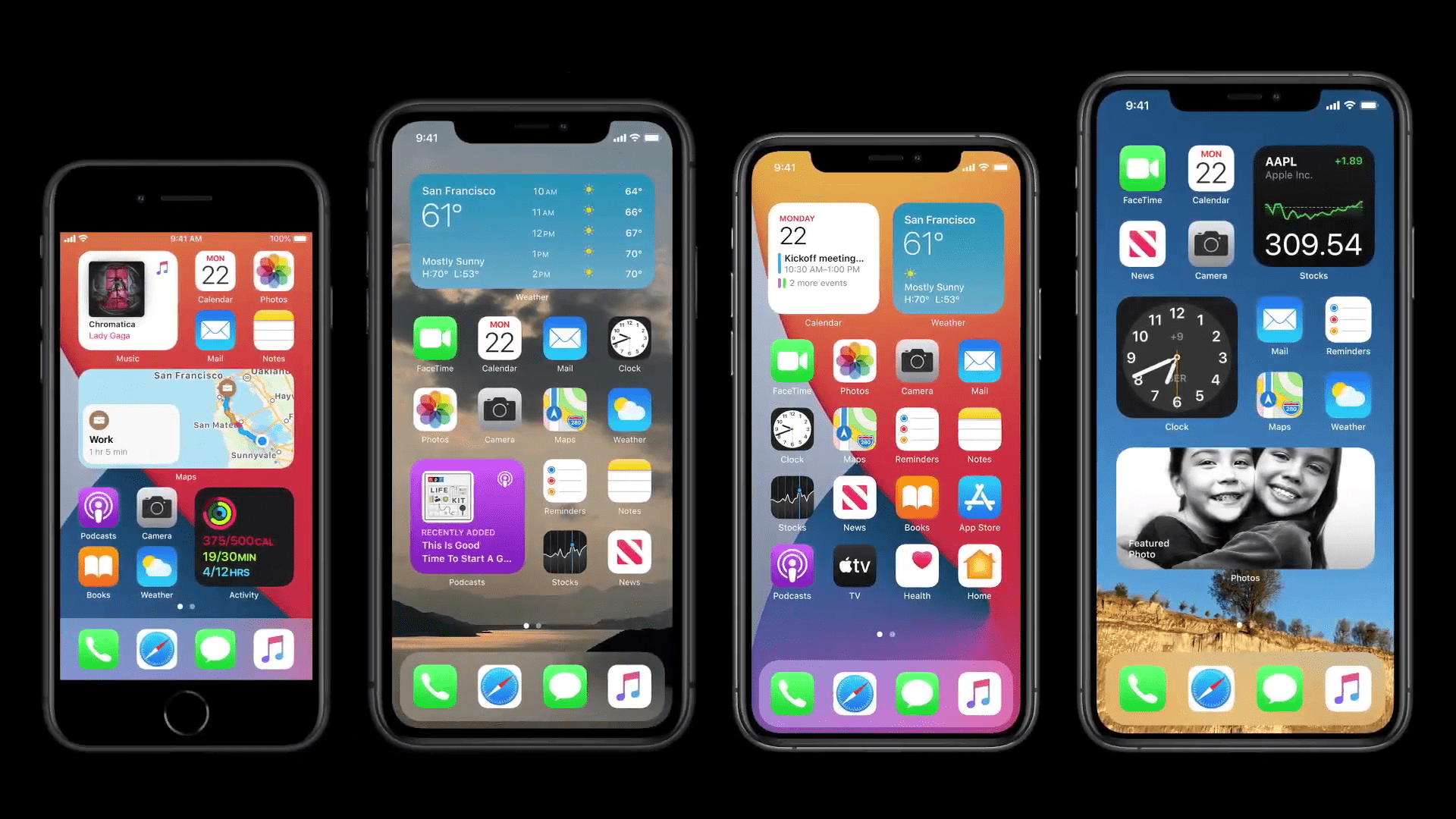
July 17
You might be wondering why World Emoji Day falls on July 17th. The answer is very simple. Exactly 18 years ago, Apple introduced its own calendar, called iCal. This is therefore a rather significant date in apple history. Later, when emoji began to be used more, the date 17/7 appeared in the emoji calendar. A few years later, specifically in 2014, July 17 was named World Emoji Day thanks to the above-mentioned connections. Two years later, in 2016, both calendar emoji and Google changed the date.
Where did emoji come from?
Shigetaka Kurita can be considered the father of emoji. He created the very first emoji for mobile phones in 1999. According to Kurita, he had no idea that they could spread all over the world in a few years - they were only available in Japan at first. Kurita decided to create the emoji due to the fact that at the time emails were limited to only 250 words, which in some cases was not enough. Emoji was supposed to save free words when writing e-mails.
In iOS 14, emoji search is now available:
Apple also has a hand in it
It wouldn't be Apple if it didn't have a hand in many of the world's technologies. If we look at the emoji page, in this case too, Apple helped with the expansion, significantly. Even though the emoji was created by Shigetaka Kurita, it can be said that Apple is behind the expansion of emoji. In 2012, Apple came up with a brand new iOS 6 operating system. Among other great features, it also came with a redesigned keyboard in which users could easily use emojis. At first, users could only use emoji within iOS, but later they also made it to Messenger, WhatsApp, Viber and others. Three years ago, Apple introduced Animoji - a new generation of emoji that, thanks to the TrueDepth front camera, can translate your current feelings into the face of an animal, or, in the case of Memoji, into the face of your own character.
The most popular emoji
Before you find out in this paragraph which emoji is the funniest, try to guess. You too have definitely sent this emoji at least once, and I think each of us sends it at least several times a day. It's not the classic smiley face emoji ?, it's not even the thumb ? and it's not even a heart ❤️ Among the most used emojis is the laughing face with tears ?. When your counterpart sends you something funny, or you find something funny on the Internet, you simply respond with this emoji. In addition, when something is very funny, you send several of these emojis at once ???. So in a way, we can't be surprised that there is an emoji? the most popular. As for the least popular emoji, it becomes the text abc ?.
It could be interest you
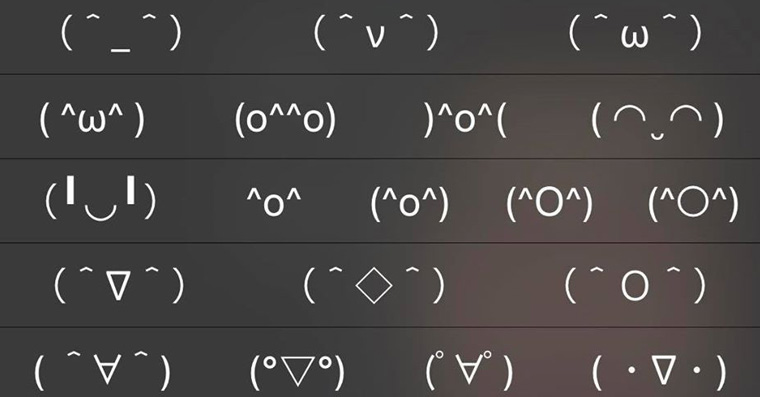
The difference between men and women
Men behave completely differently in certain situations compared to women. It works exactly the same when using emoji. You can currently use more than 3 thousand different emojis and it probably goes without saying that some emojis are very similar – for example ? and ?. The first emoji, i.e. only eyes ?, is mainly used by women, while the face emoji with eyes ? used more by men. For women, other very popular emojis include ?, ❤️, ?, ? and ?, men, on the other hand, prefer to reach for the emoji ?, ? and ?. In addition, we can also point out in this paragraph that the peach emoji ? only 7% of the population uses it for the true designation of a peach. Emoji? is generally used to refer to the ass. It is similar in the case of ? – the latter is mainly used to denote the male nature.
How many emoji are currently available?
You must be wondering how many emoji are currently available. As of May 2020, the number of all emojis is 3. This number is truly dizzying - but it must be noted that certain emojis have different variants, most often skin color. Another 304 emoji are expected to be added by the end of 2020. Transgender has recently been taken into account in the case of emojis - in the emojis that we can expect later this year, several emojis will be dedicated to this very "theme".
Check out some of the emojis coming this year:
Number of emojis sent
It is very difficult to determine how many emojis are sent in the world every day. But when we tell you that more than 5 billion emojis are sent on Facebook alone in one day, you will probably understand that the number is impossible to figure out. Currently, in addition to Facebook, other social networks are also available, such as Twitter or perhaps Instagram, and we also have the chat applications Messages, WhatsApp, Viber and many other applications in which emojis are sent. As a result, several tens, if not hundreds of billions of emojis are sent daily.
Emoji on Twitter
While it is very difficult to determine how many emojis have been sent in one day, in the case of Twitter, we can see the exact statistics of how many and which emojis have been sent on this network together. The page through which we can view this data is called Emoji Tracker. The data on this page is constantly changing as it is displayed in real time. If you also want to see how many emojis have already been sent on Twitter, tap on this link. At the time of writing, nearly 3 billion emojis have been sent on Twitter ? and almost 1,5 billion emojis ❤️.
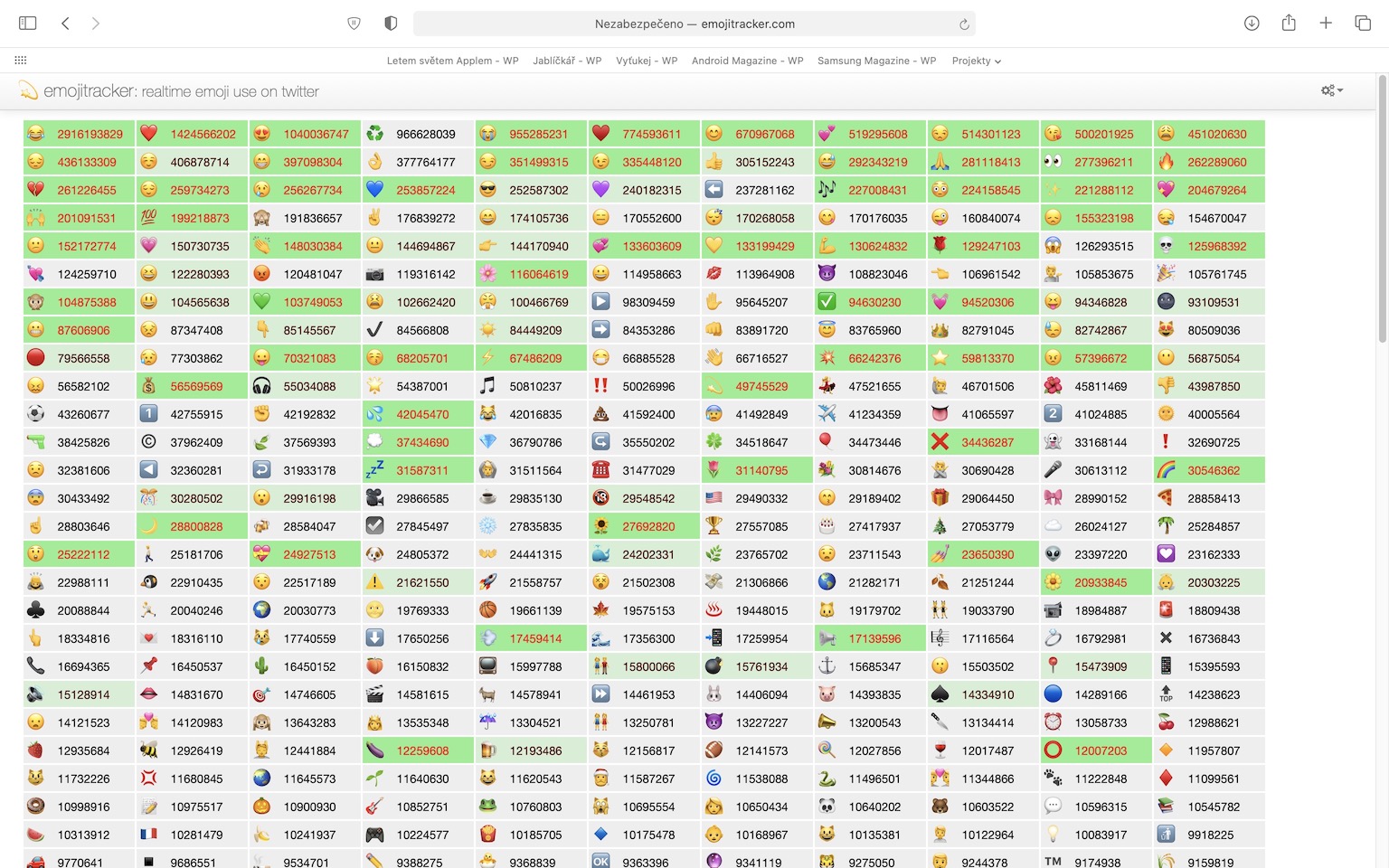
Marketing
It is proven that marketing campaigns that have emoji in their texts are much more successful than those that contain only text. In addition, emojis appear in other forms of marketing campaigns. For example, CocaCola came up with a campaign some time ago, where it printed emojis on its bottles. So people could choose a bottle in the store with an emoji that represented their current mood. You can also notice emoji in newsletters and other messages, for example. In short and simply, emojis always attract you more than text alone.
Oxford Dictionary and Emoji
7 years ago, the word "emoji" appeared in the Oxford dictionary. The original English definition reads "A small digital image or icon used to express an idea or emotion." If we translate this definition into the Czech language, we find that it is "a small digital image or icon that is intended to express an idea or emotion ". The word emoji then comes from Japanese and consists of two words. "e" means a picture, "my" then means a word or letter. This is how the word emoji was created.
It could be interest you

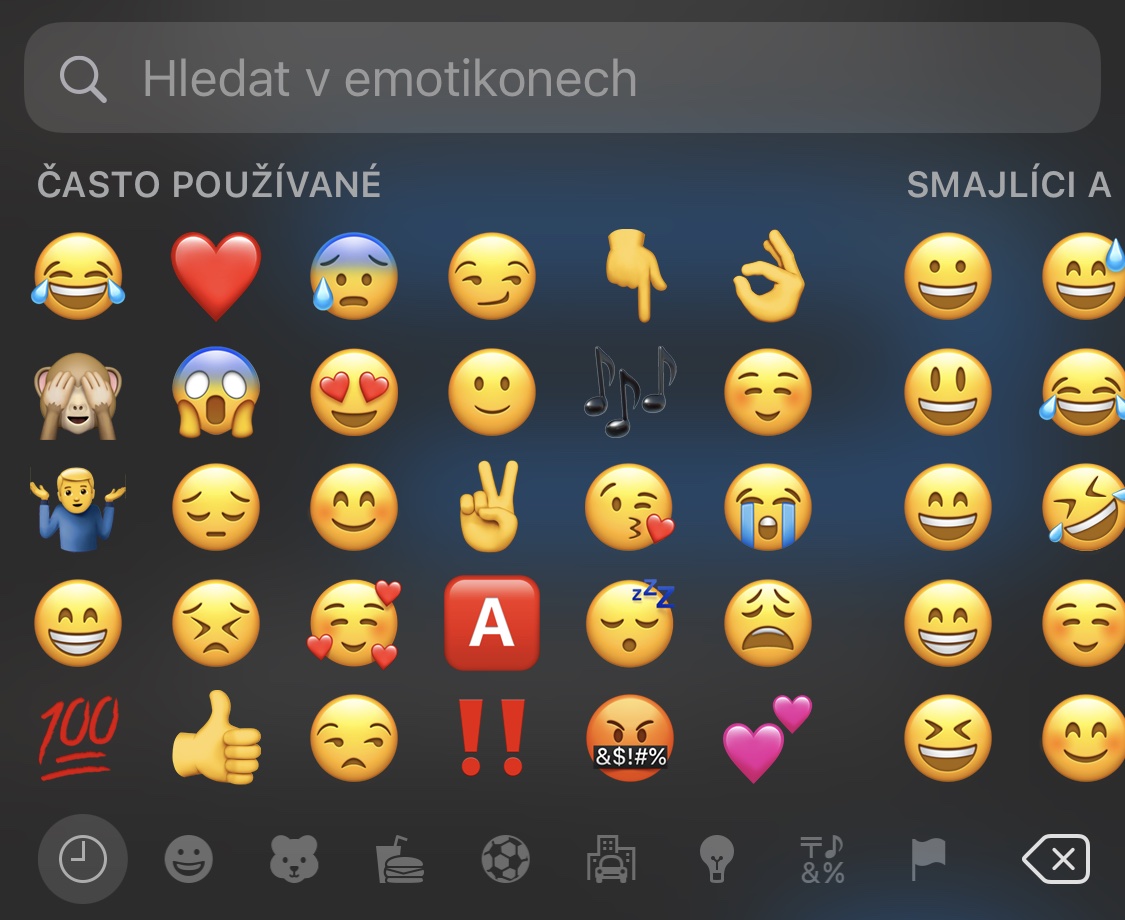
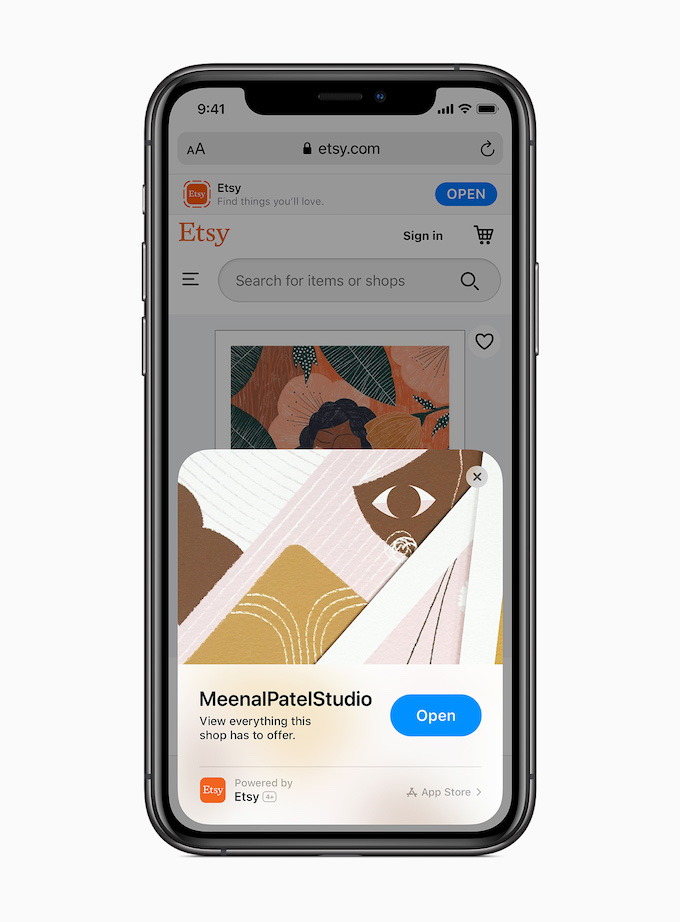
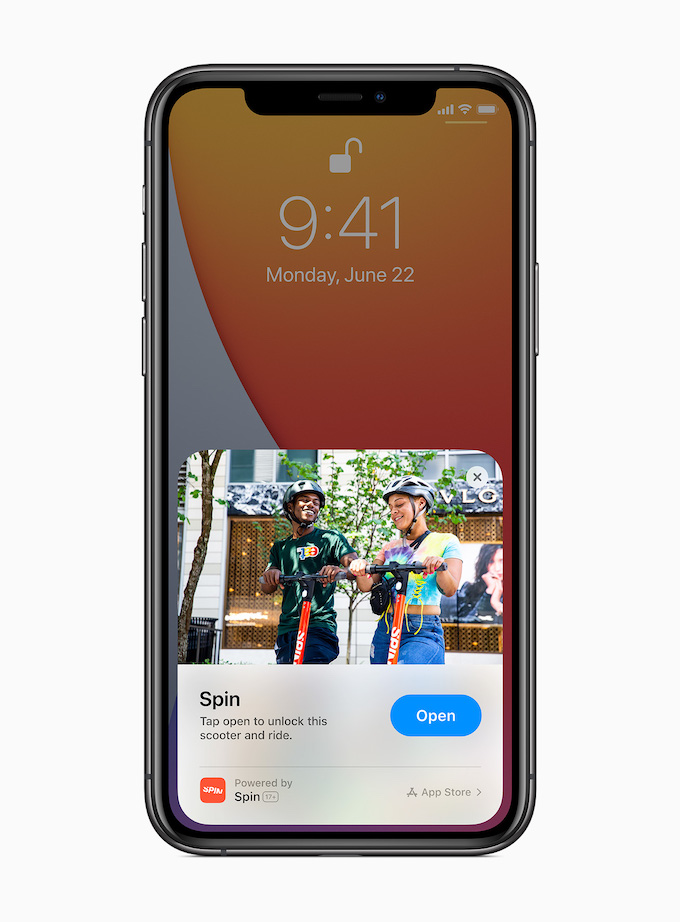

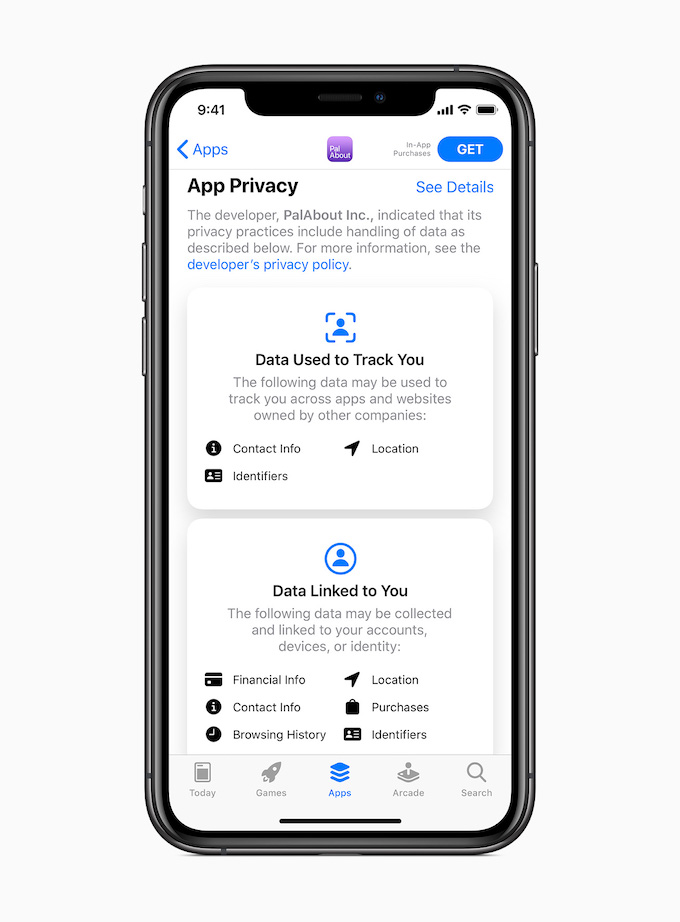
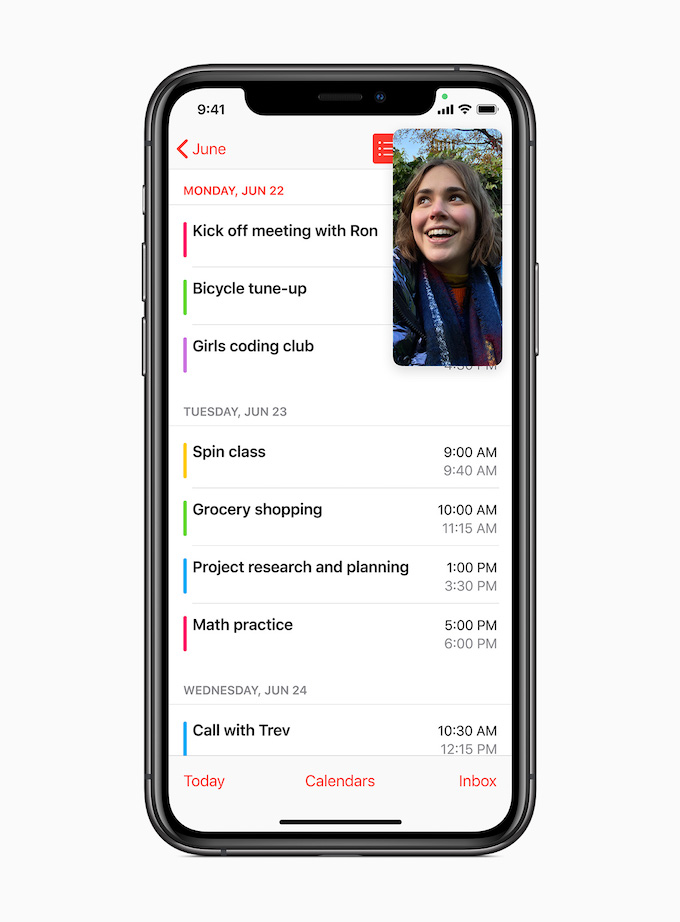
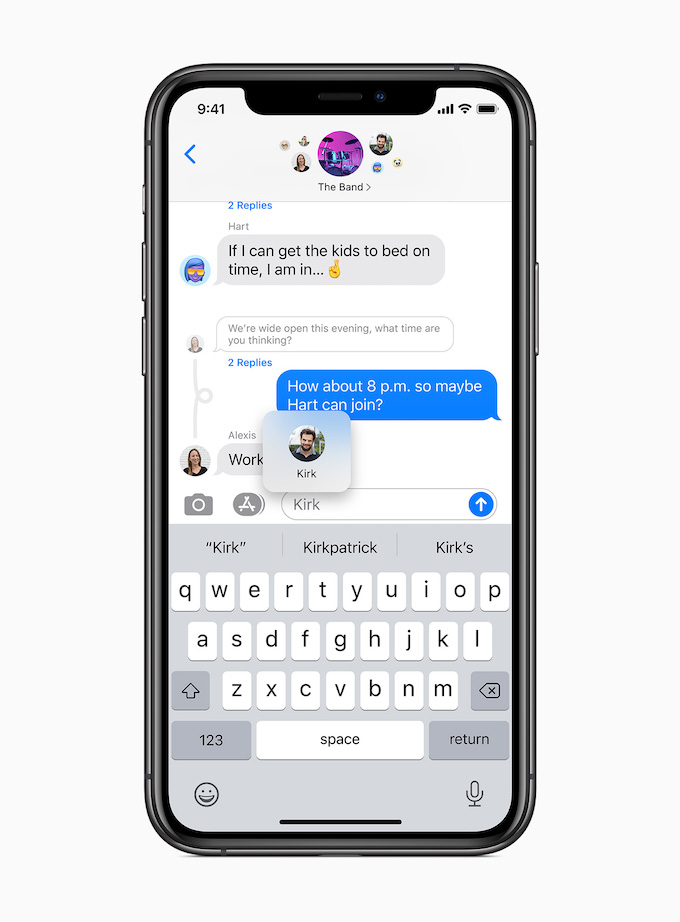
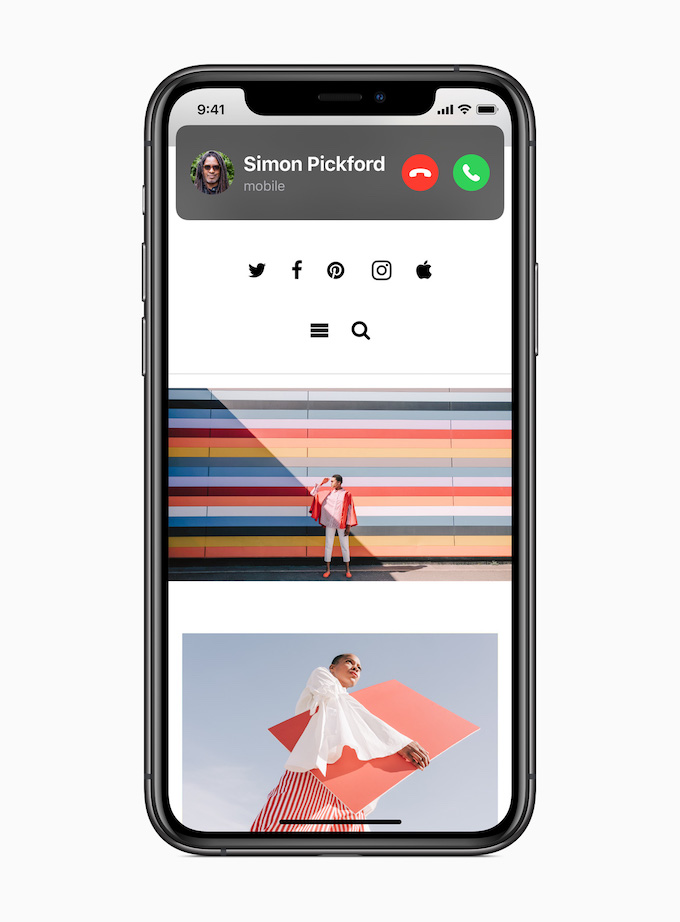
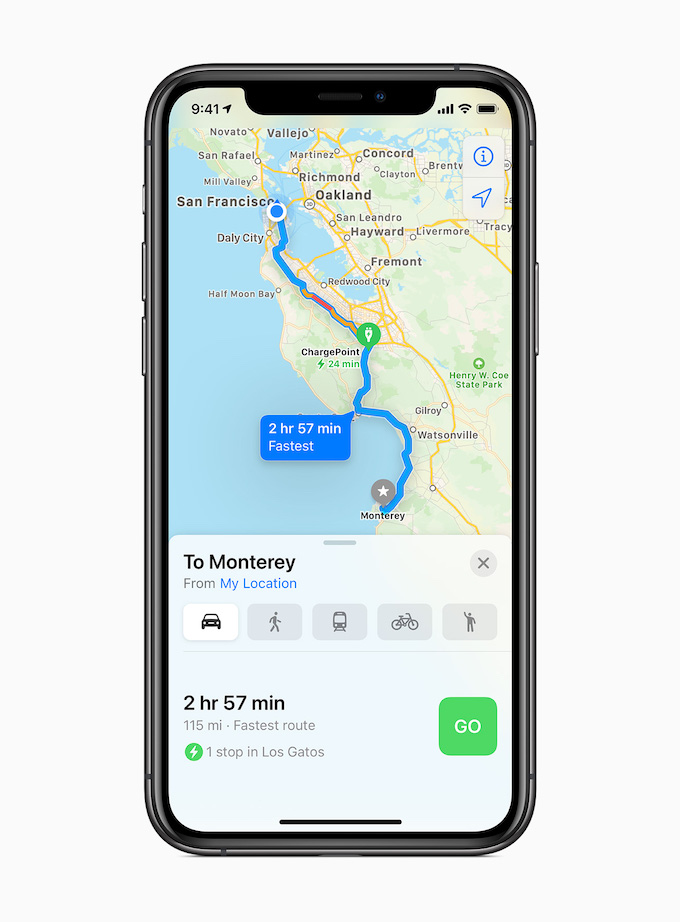
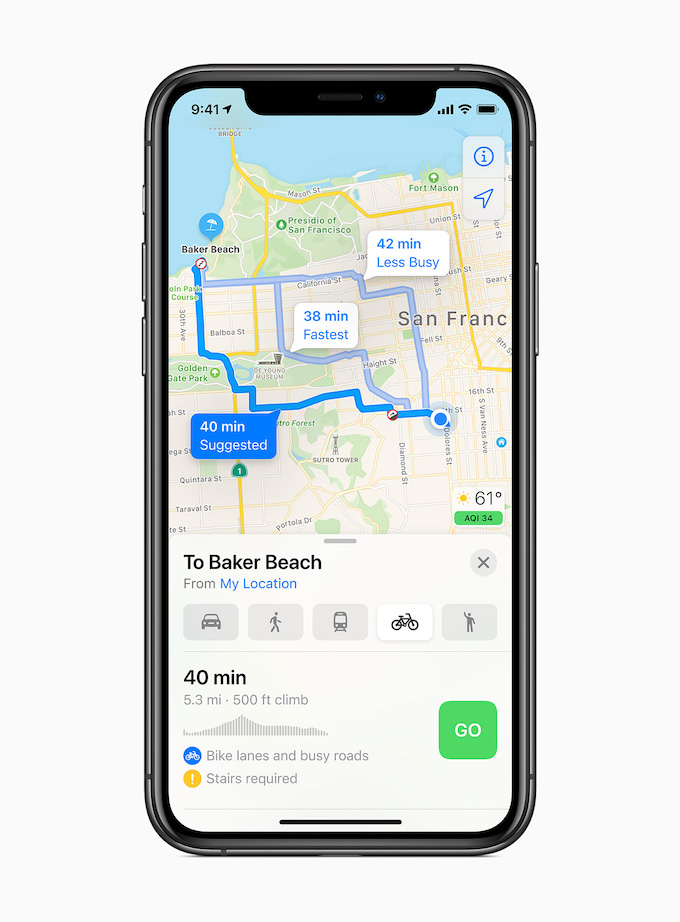
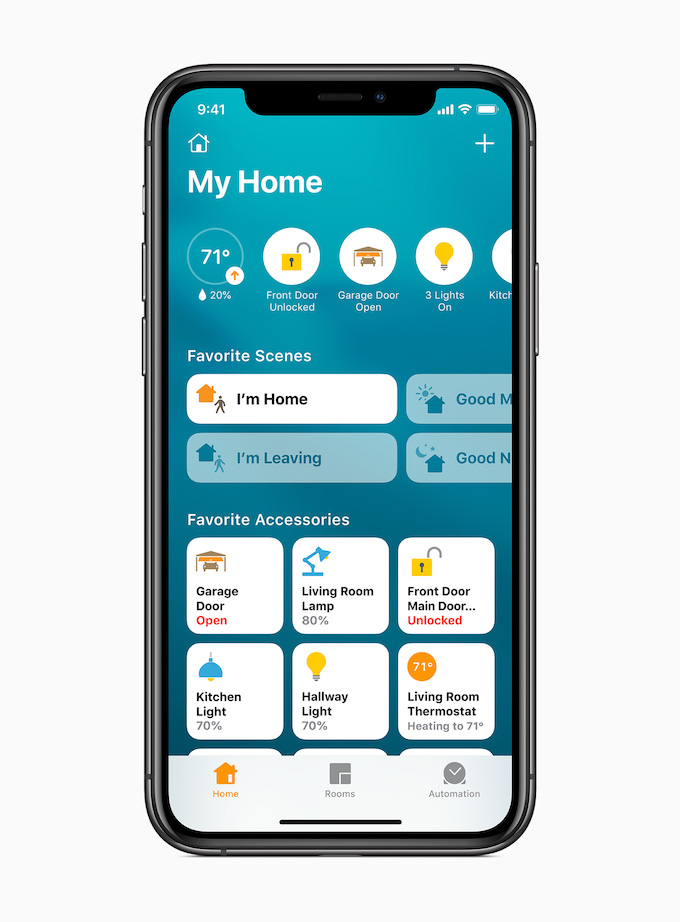
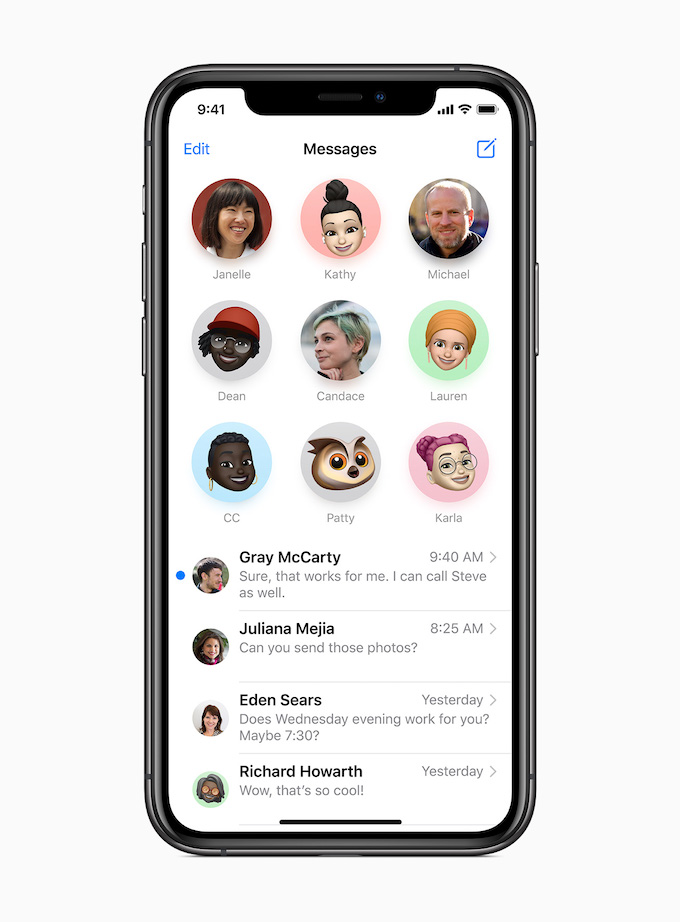

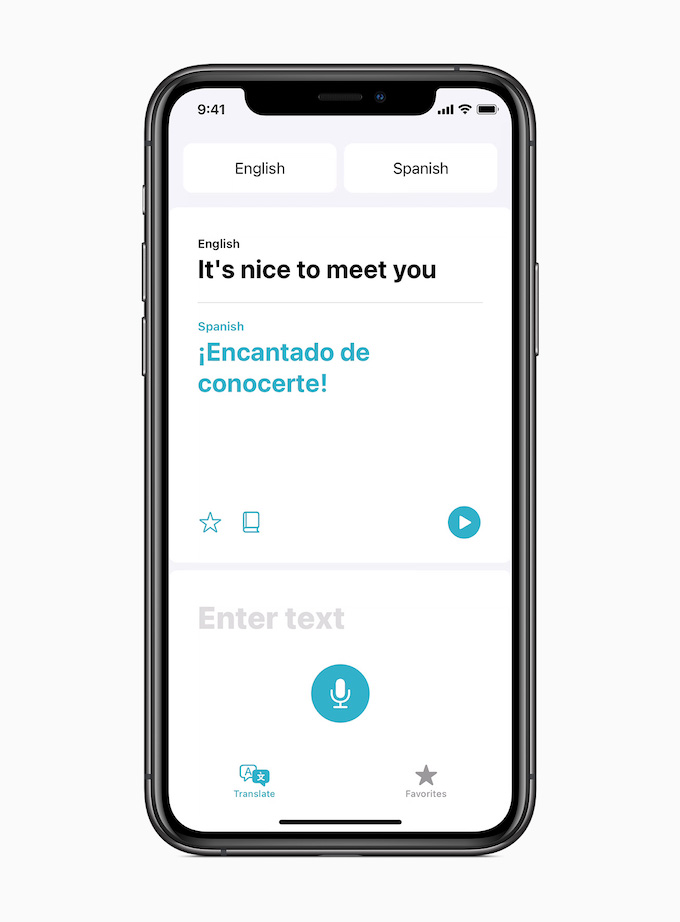

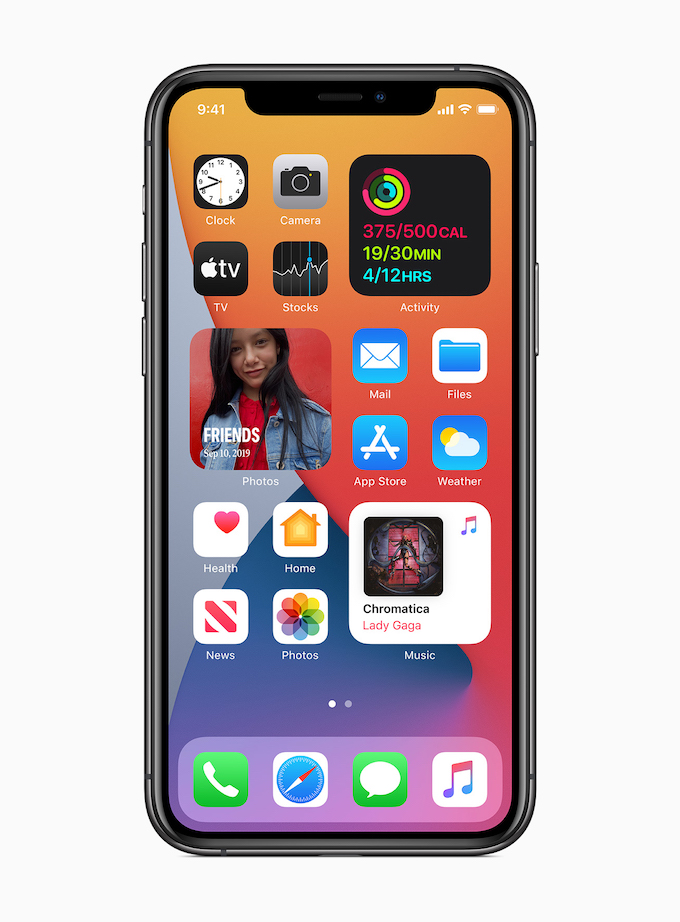
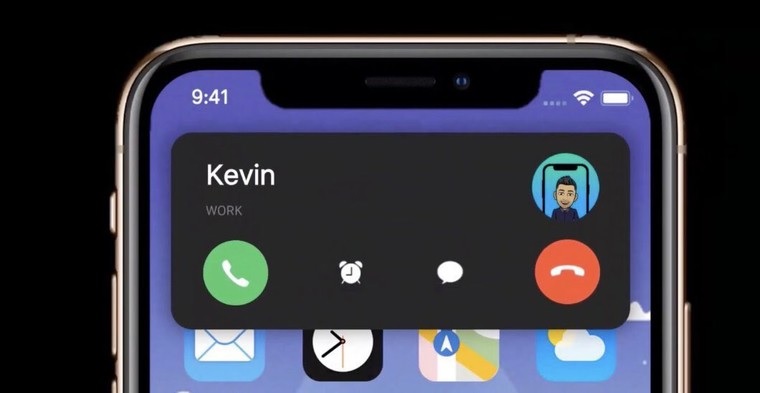
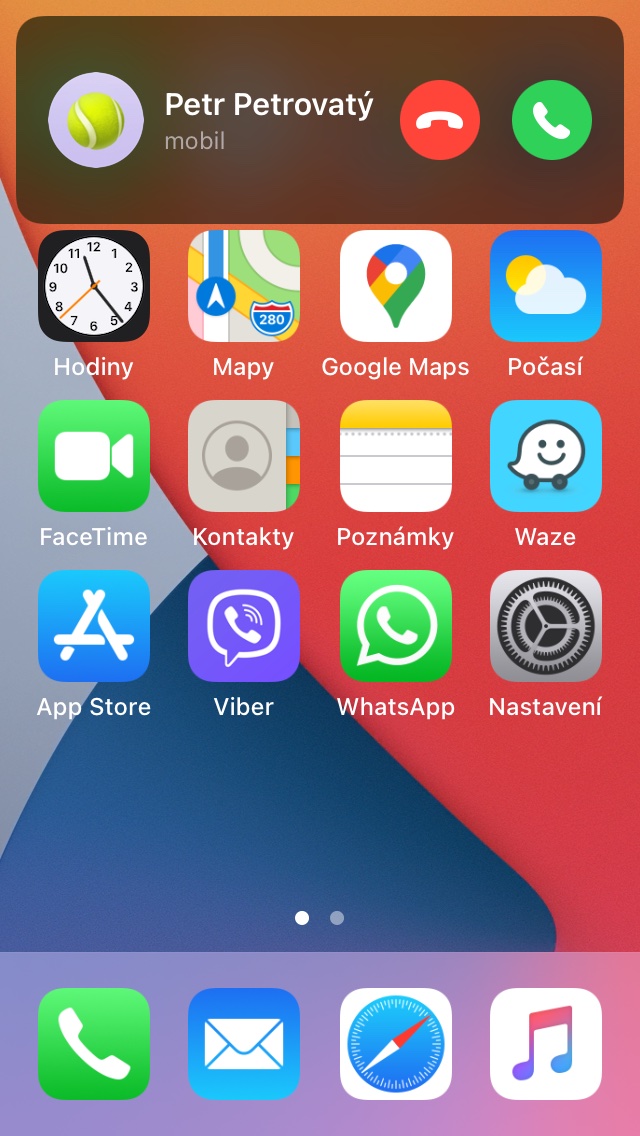
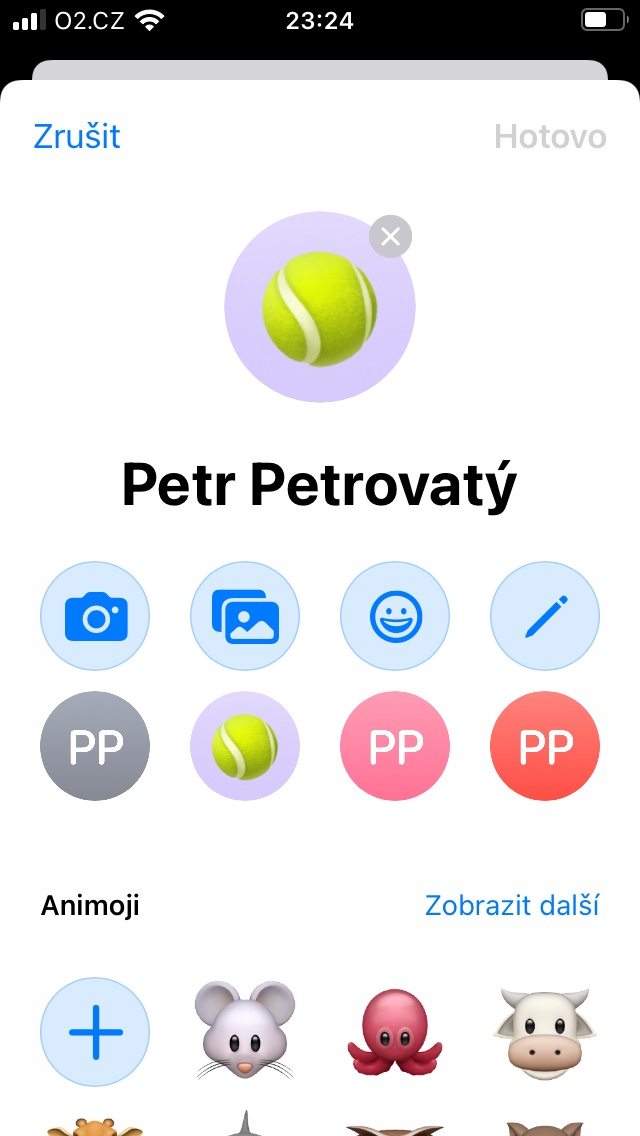

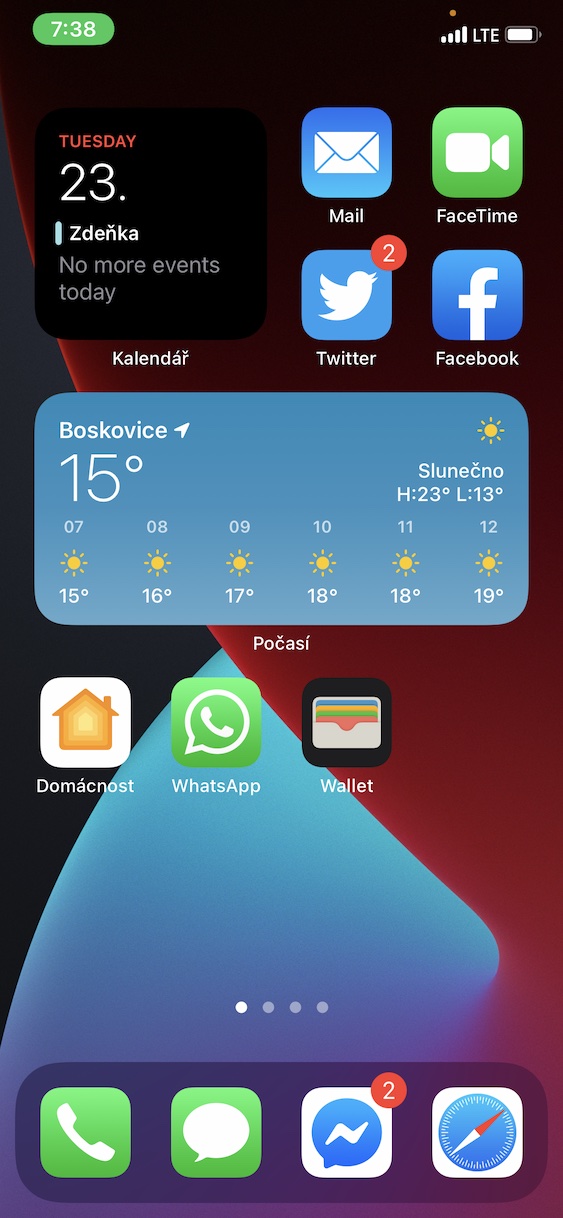
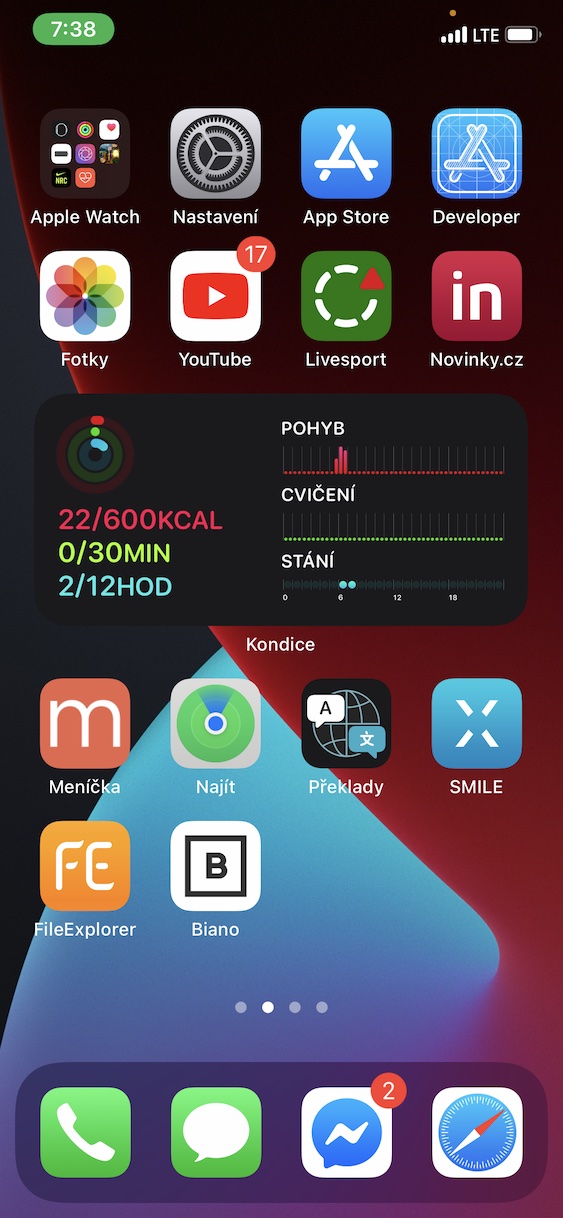

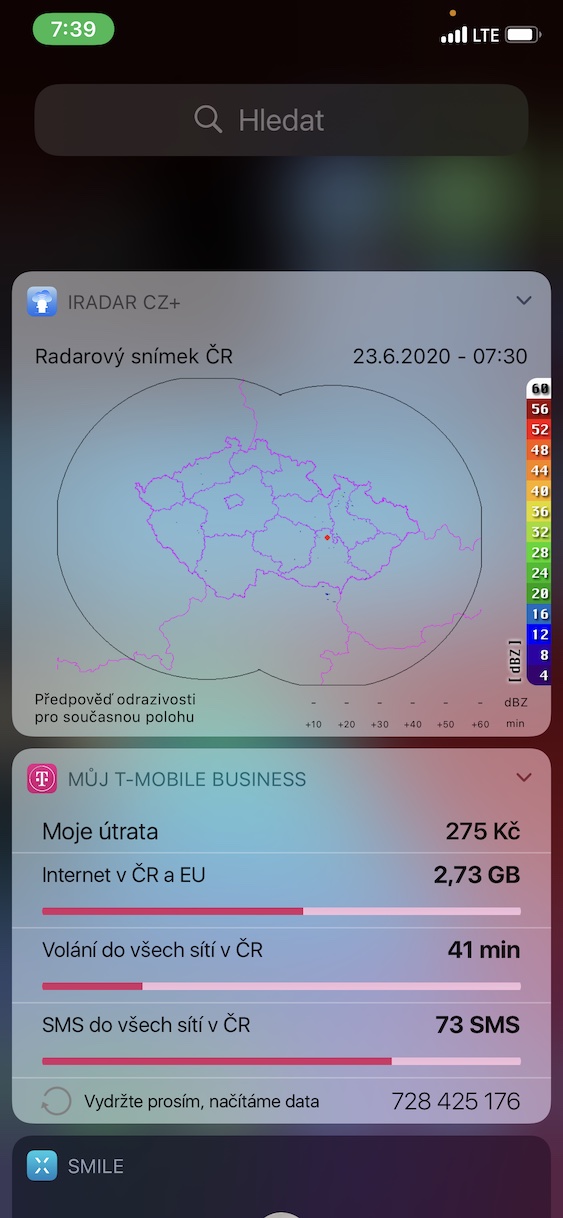
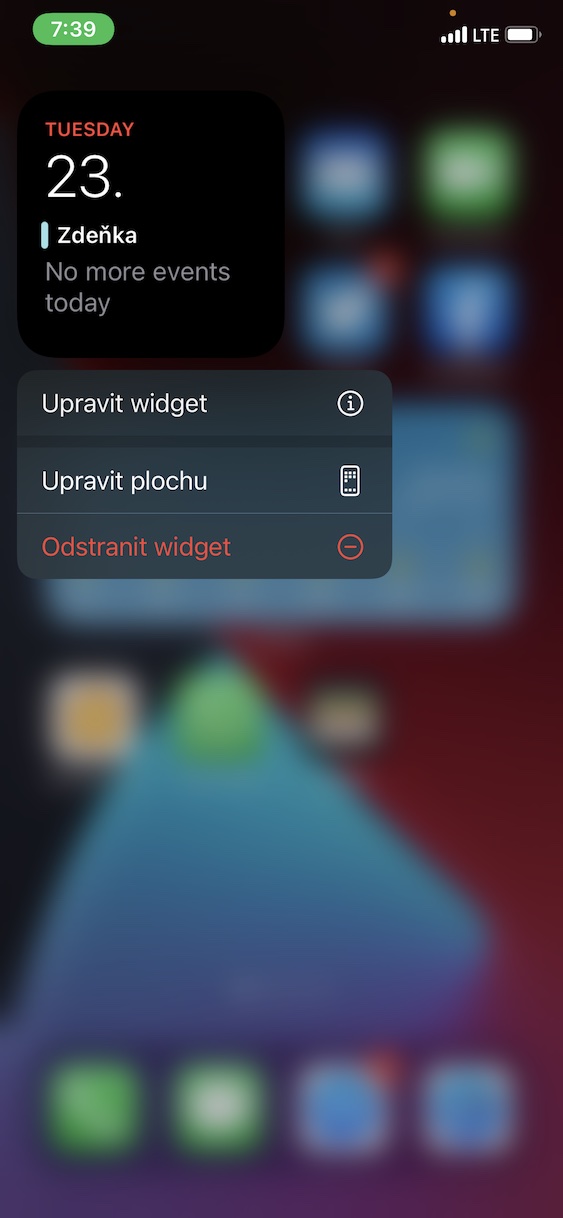

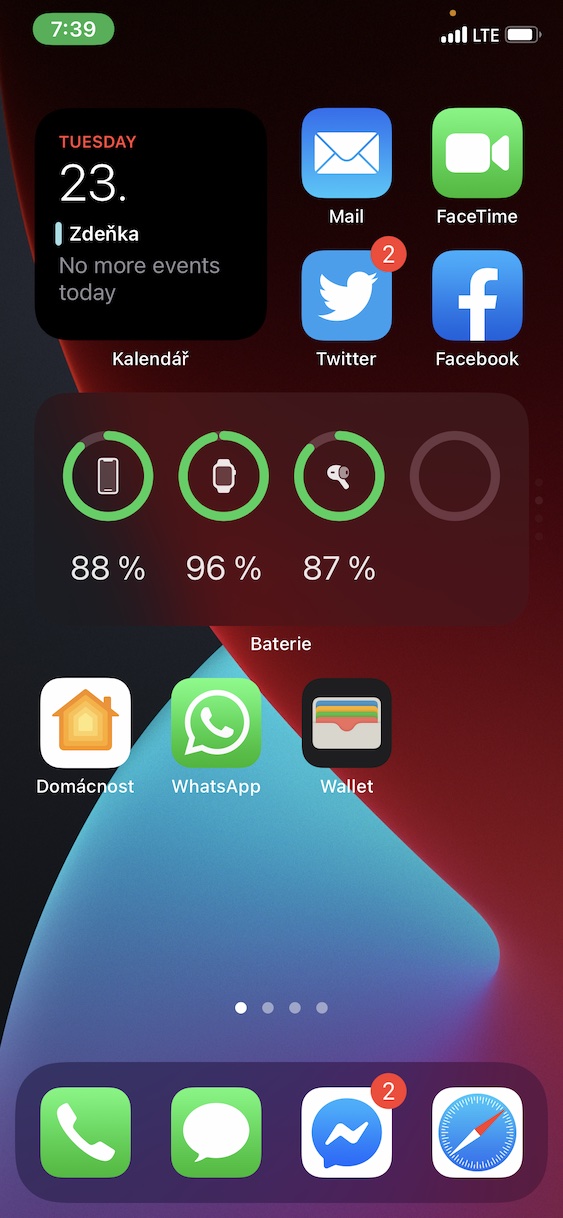
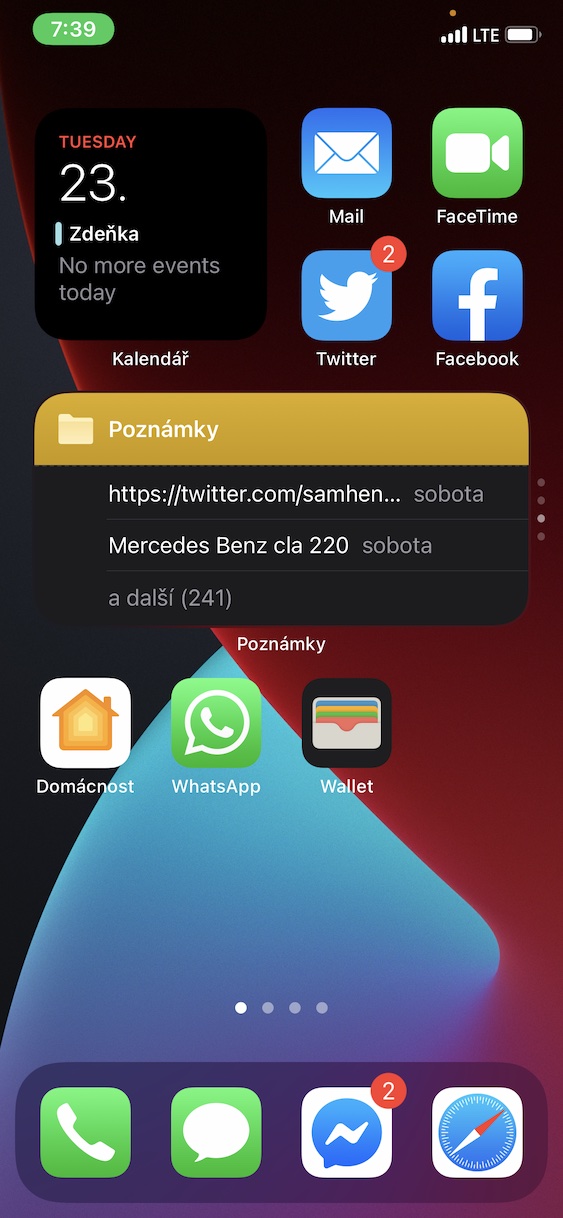
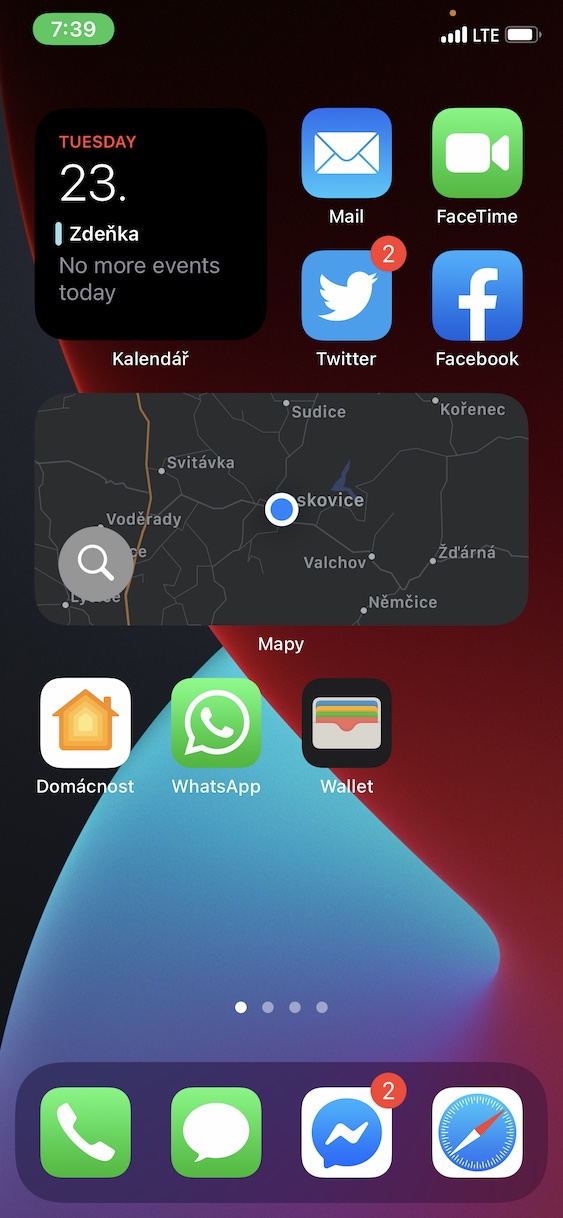
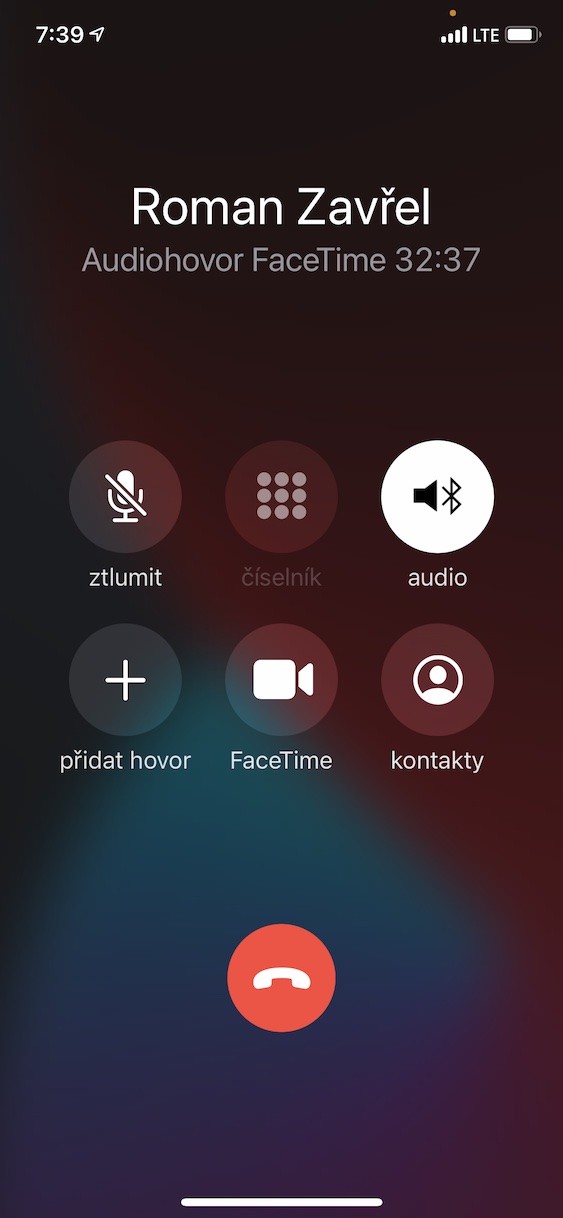
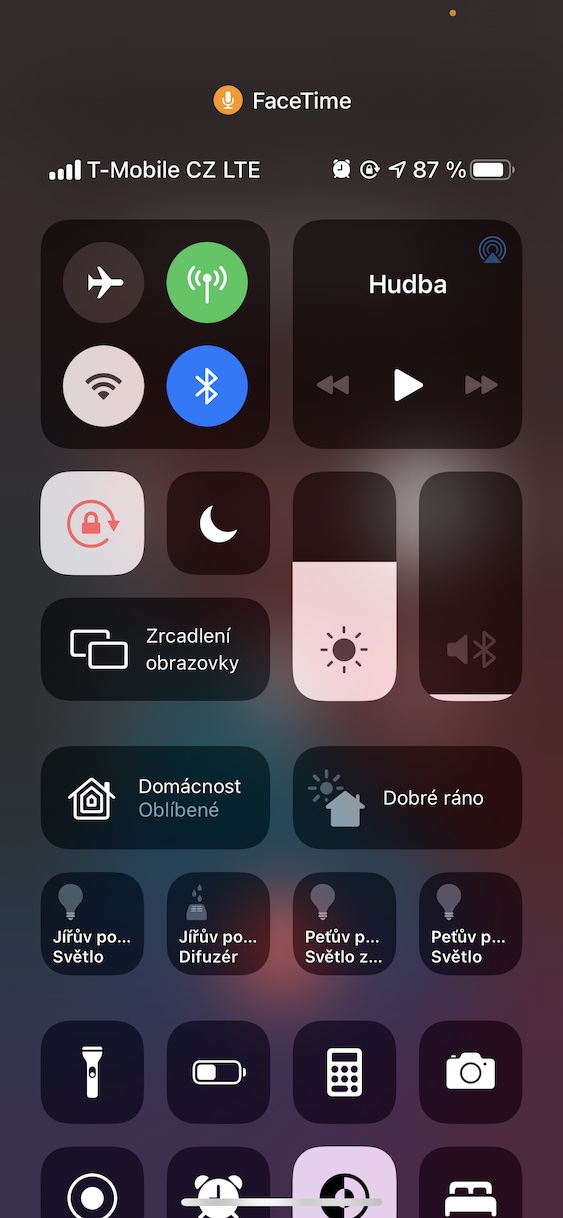
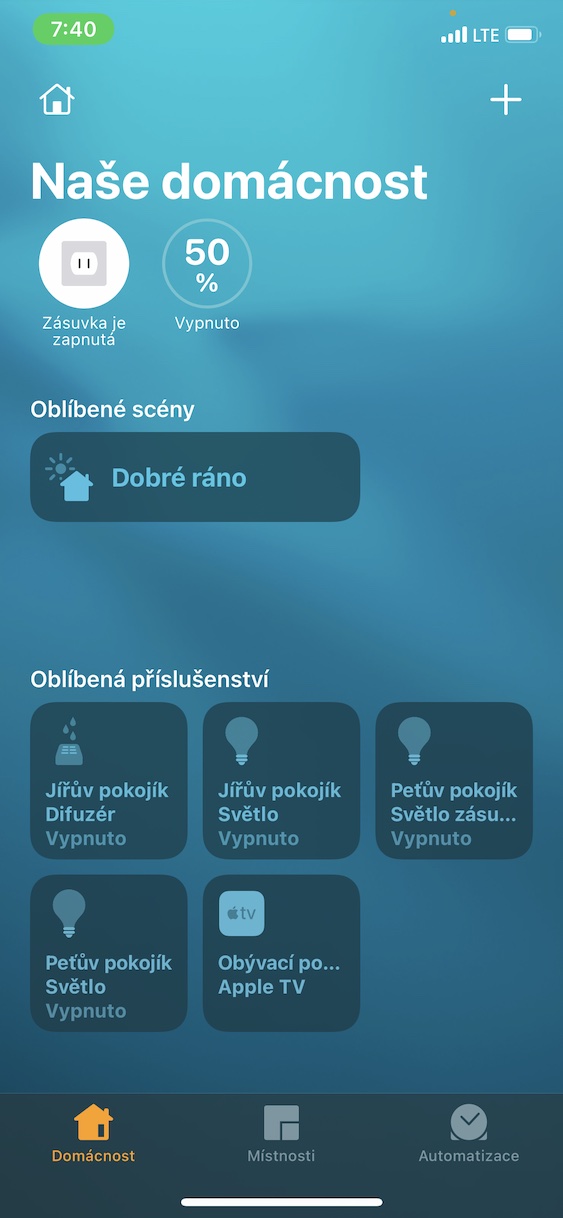
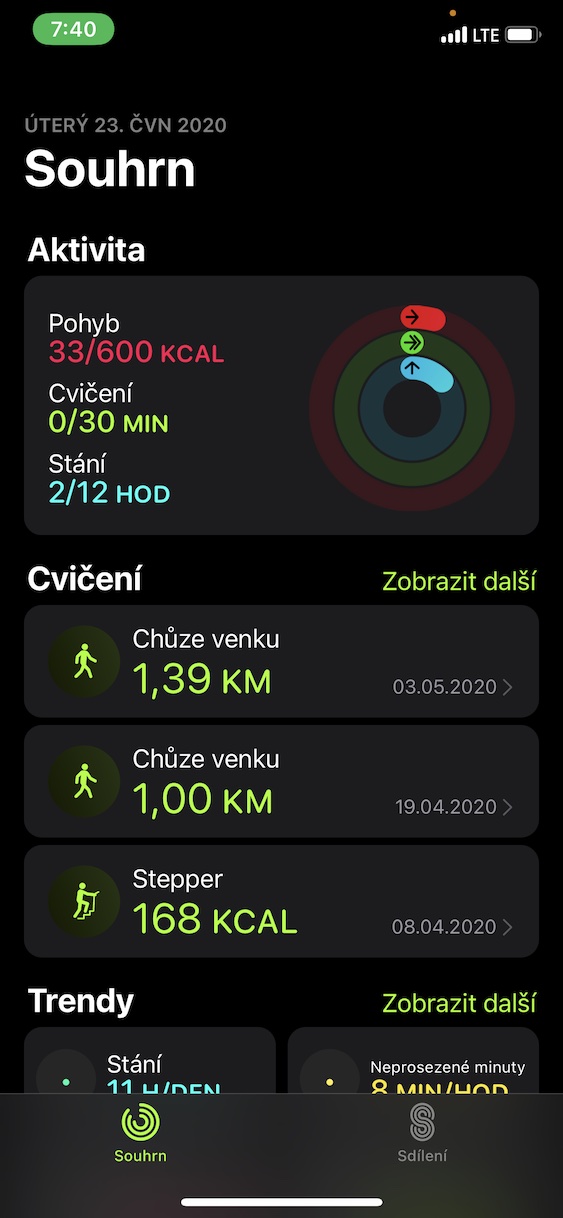

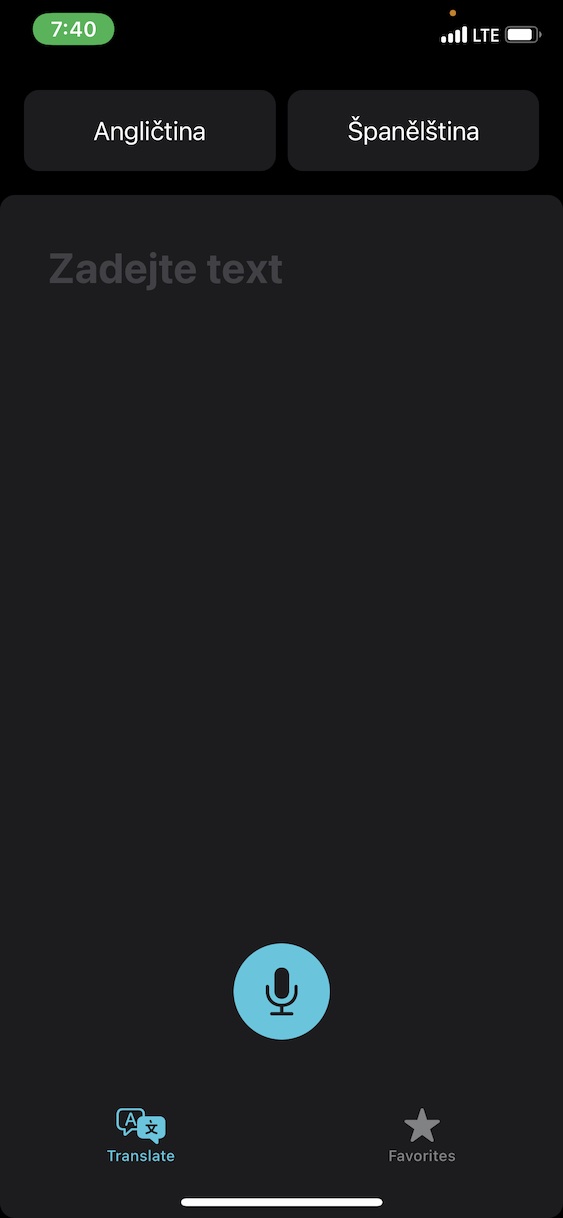
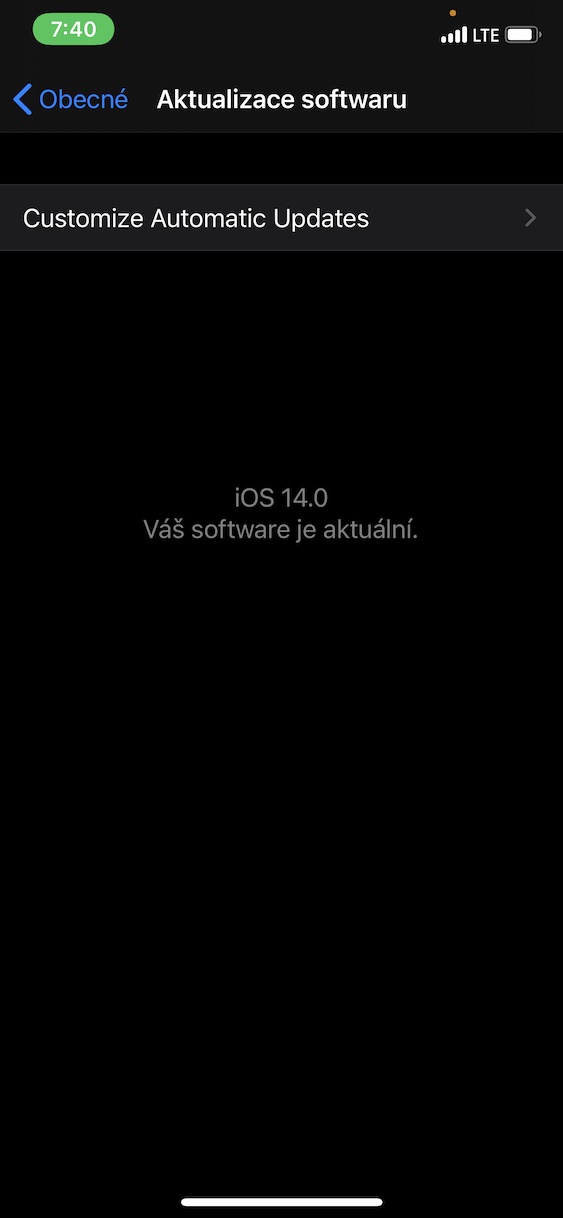
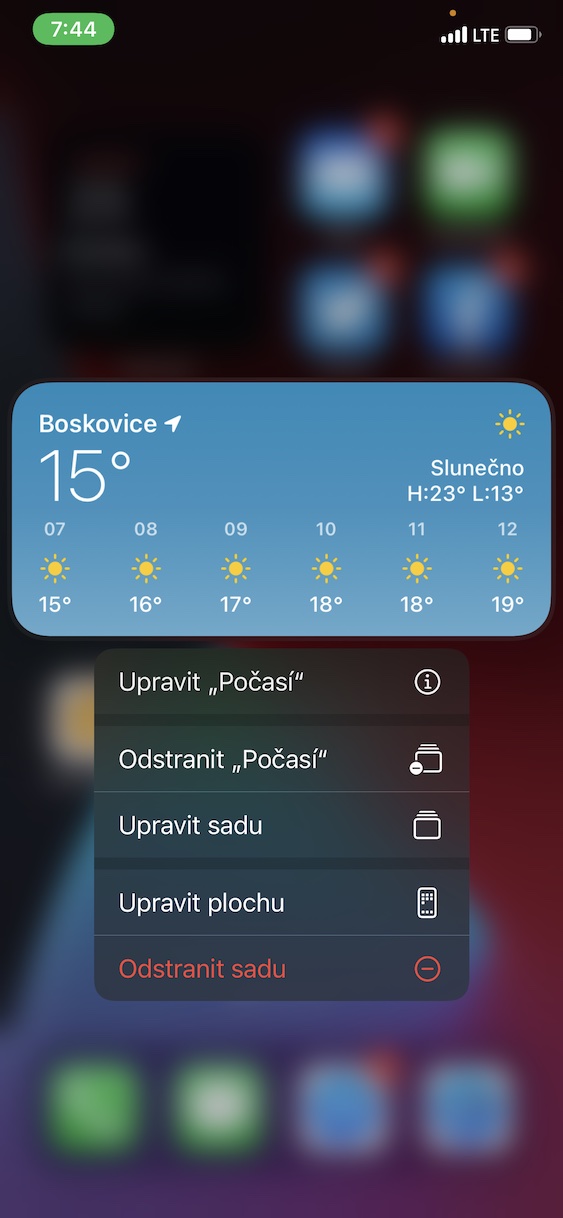
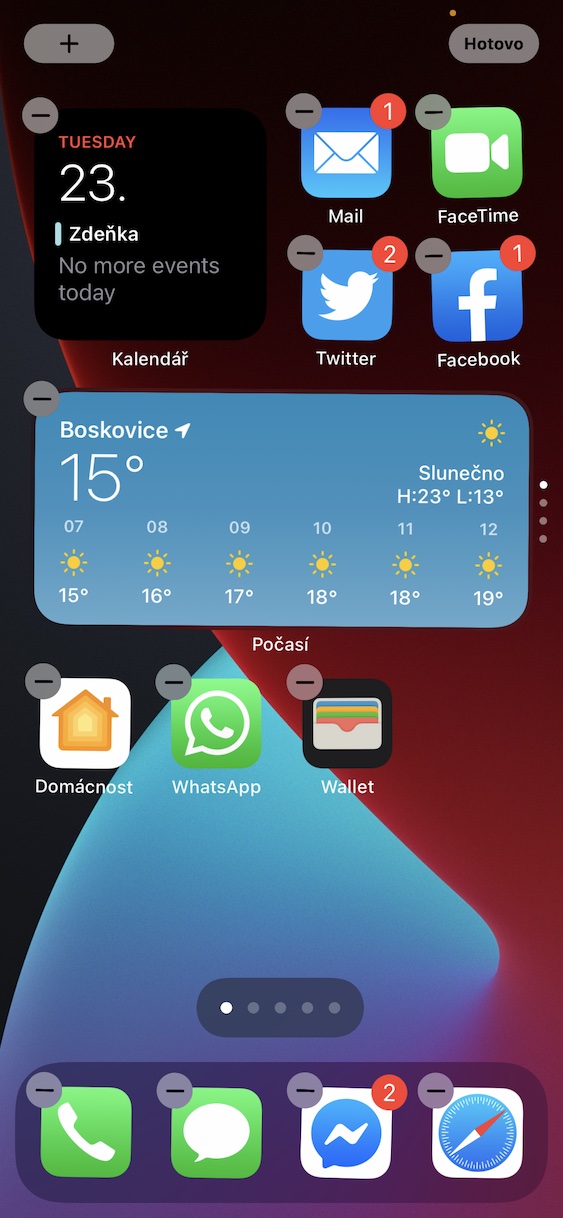
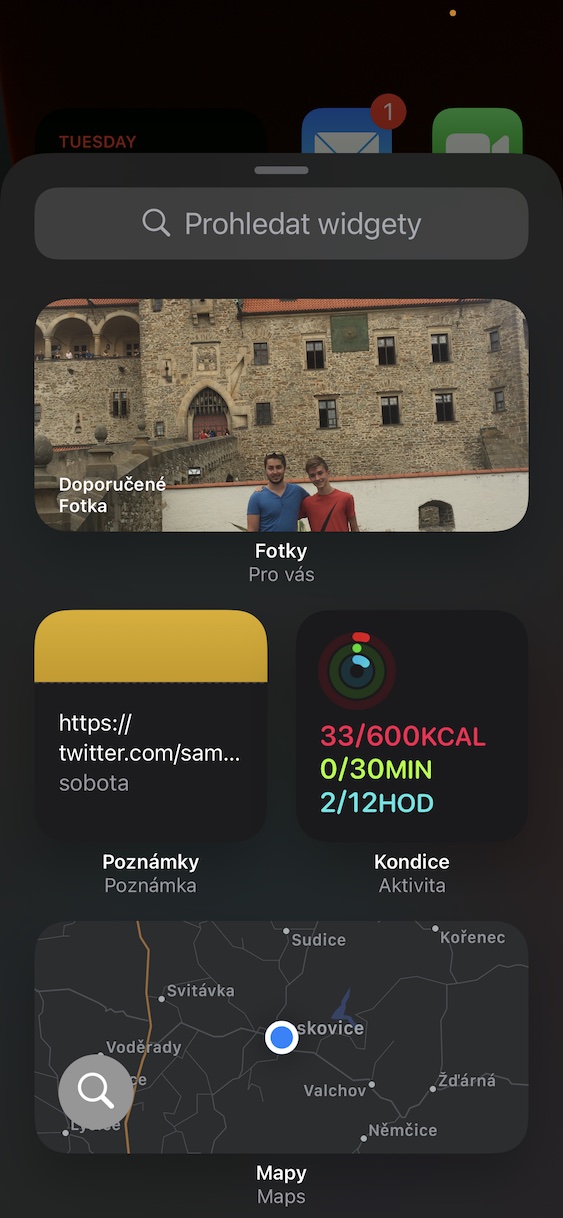
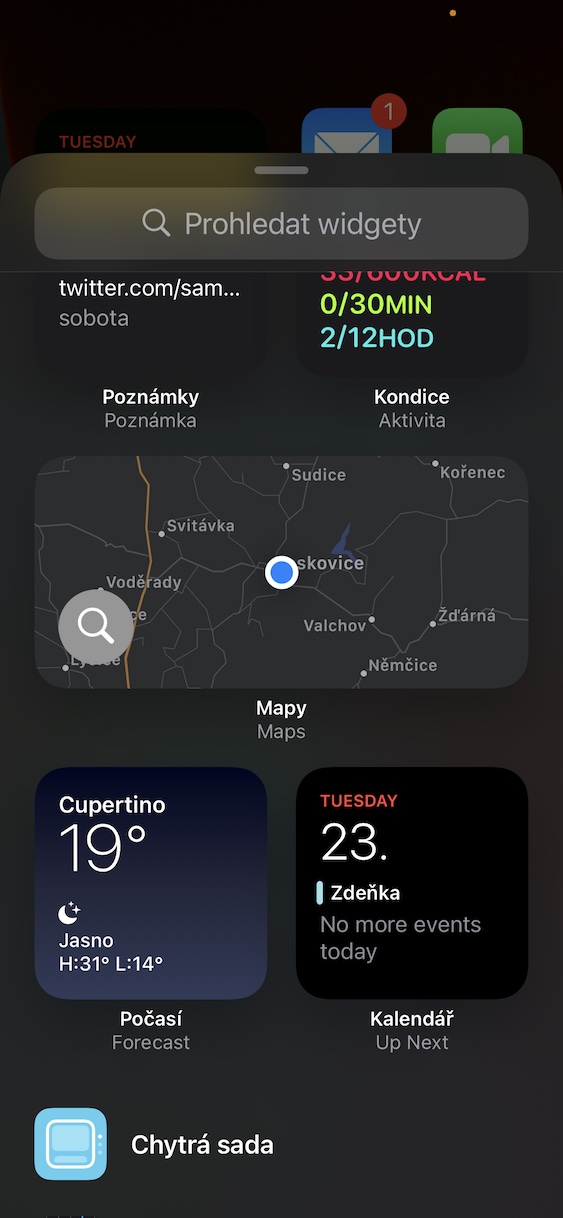
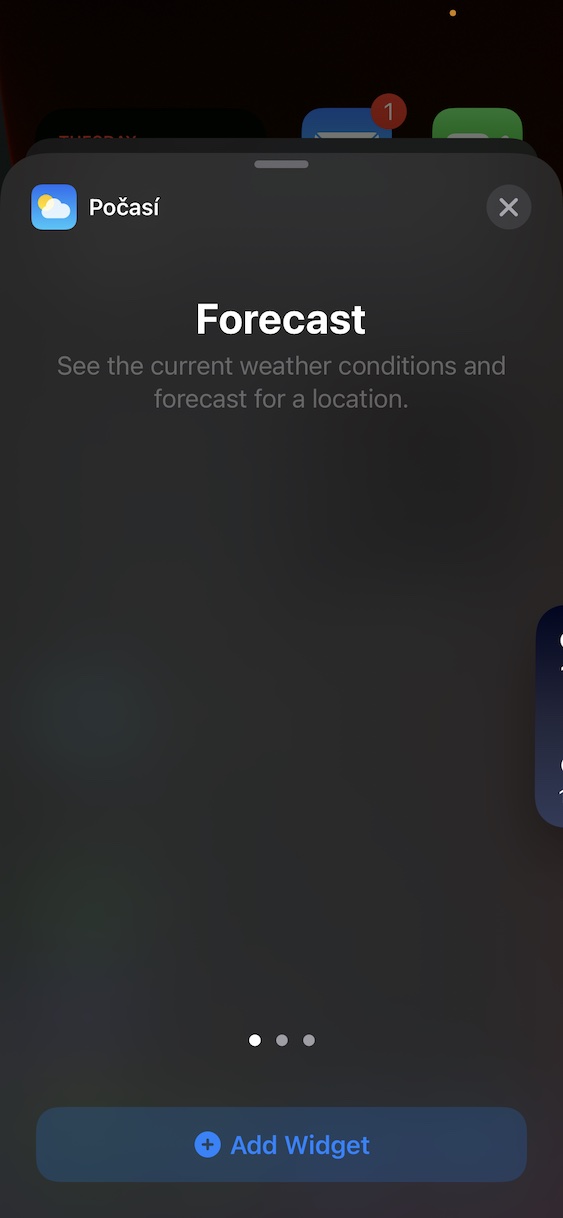

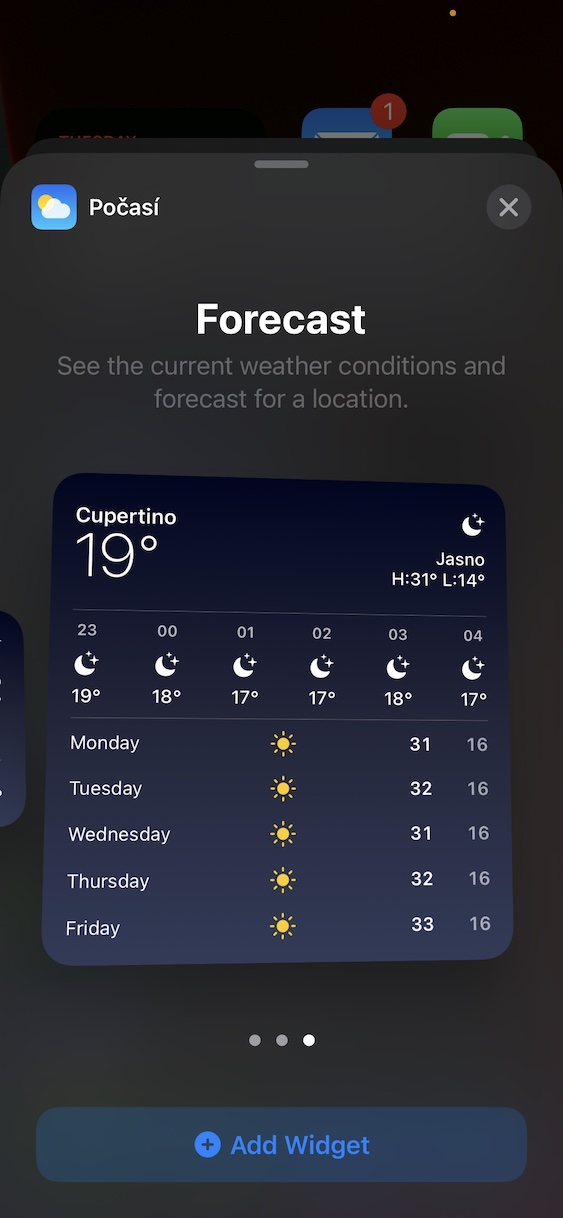

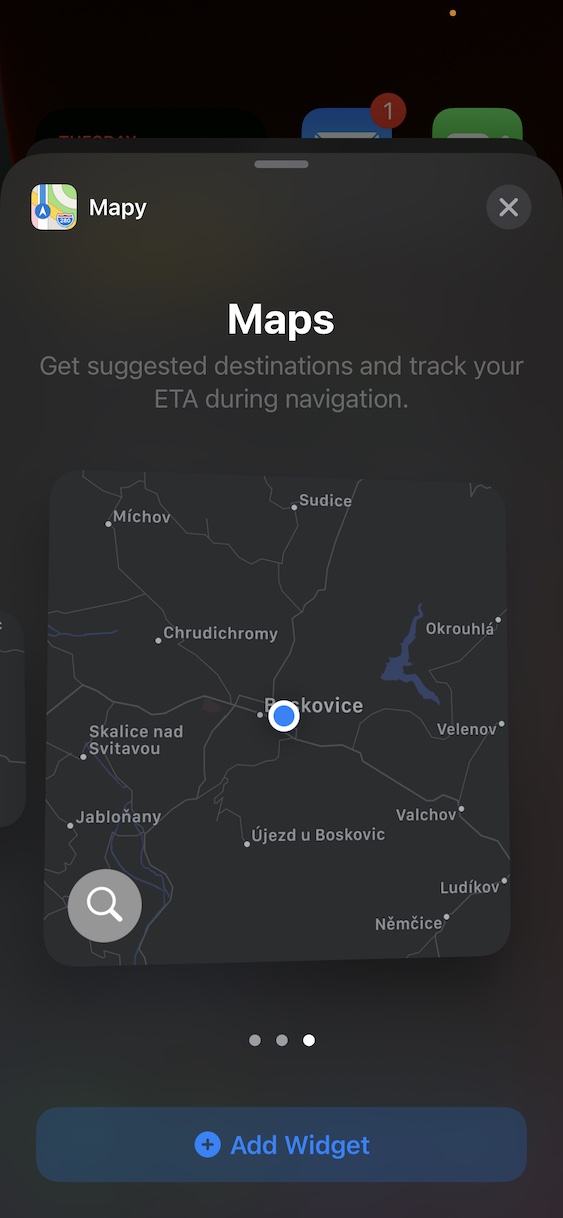

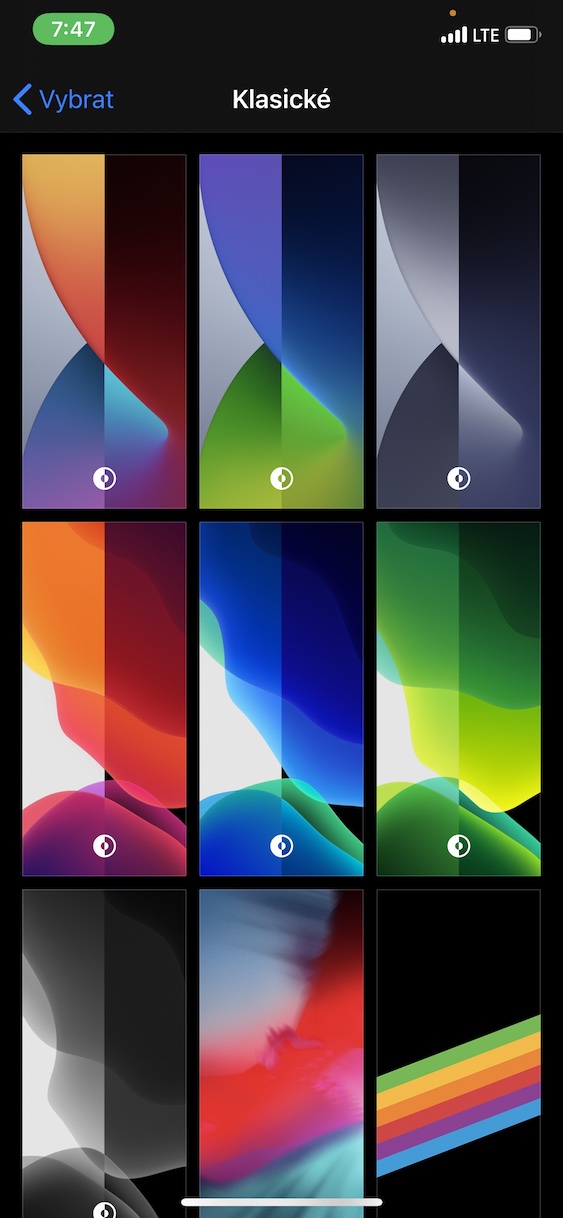
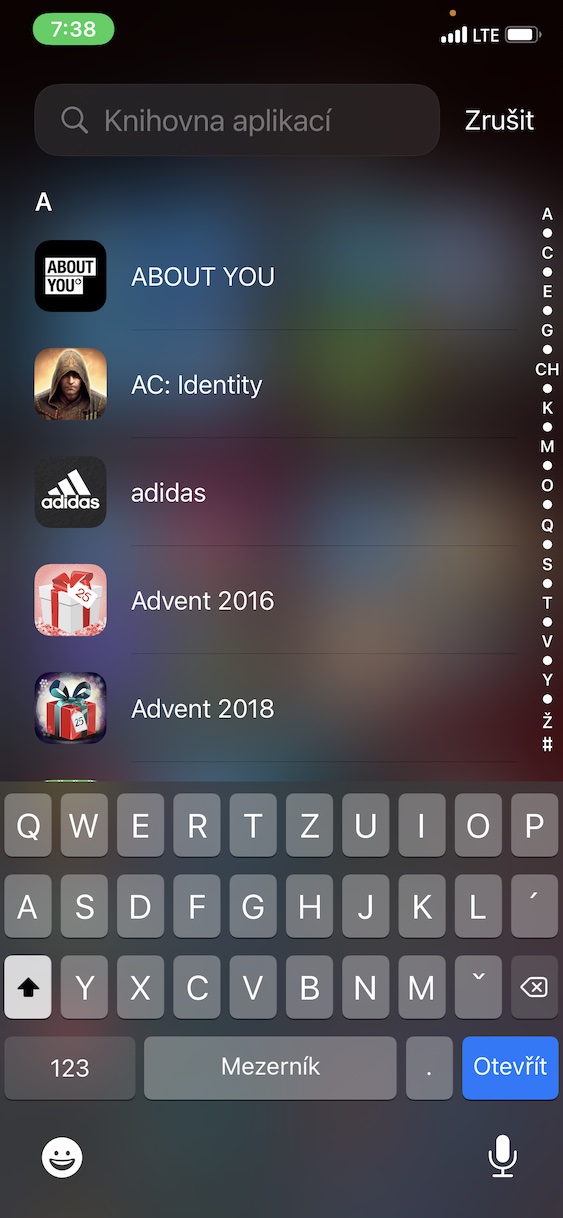
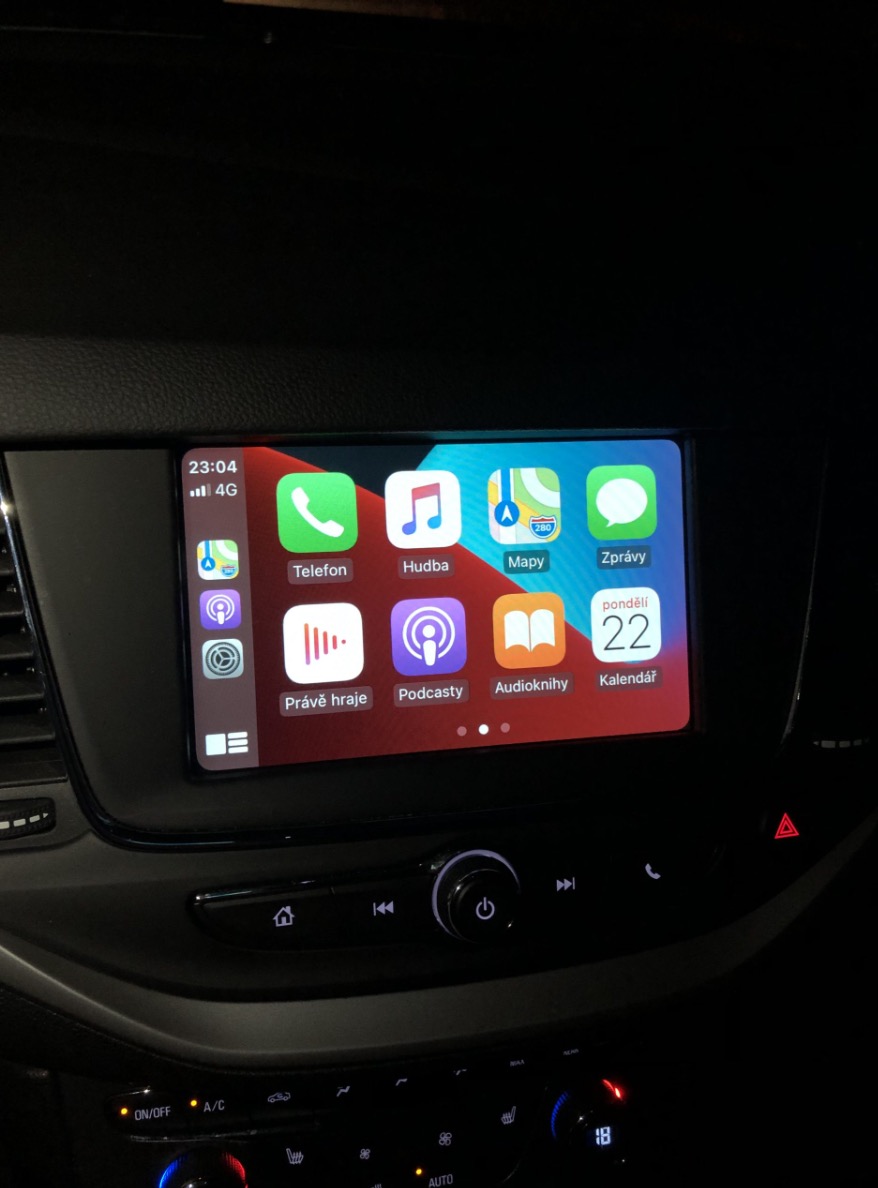
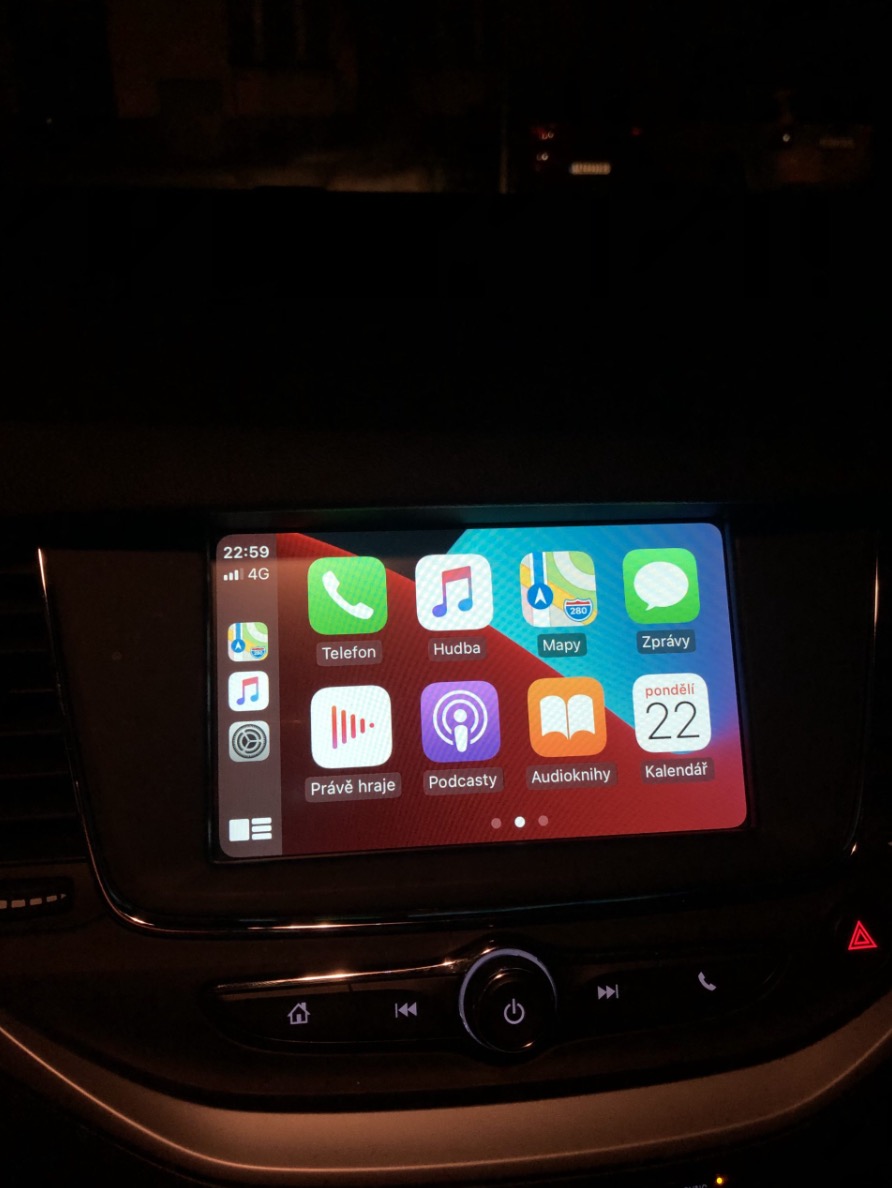
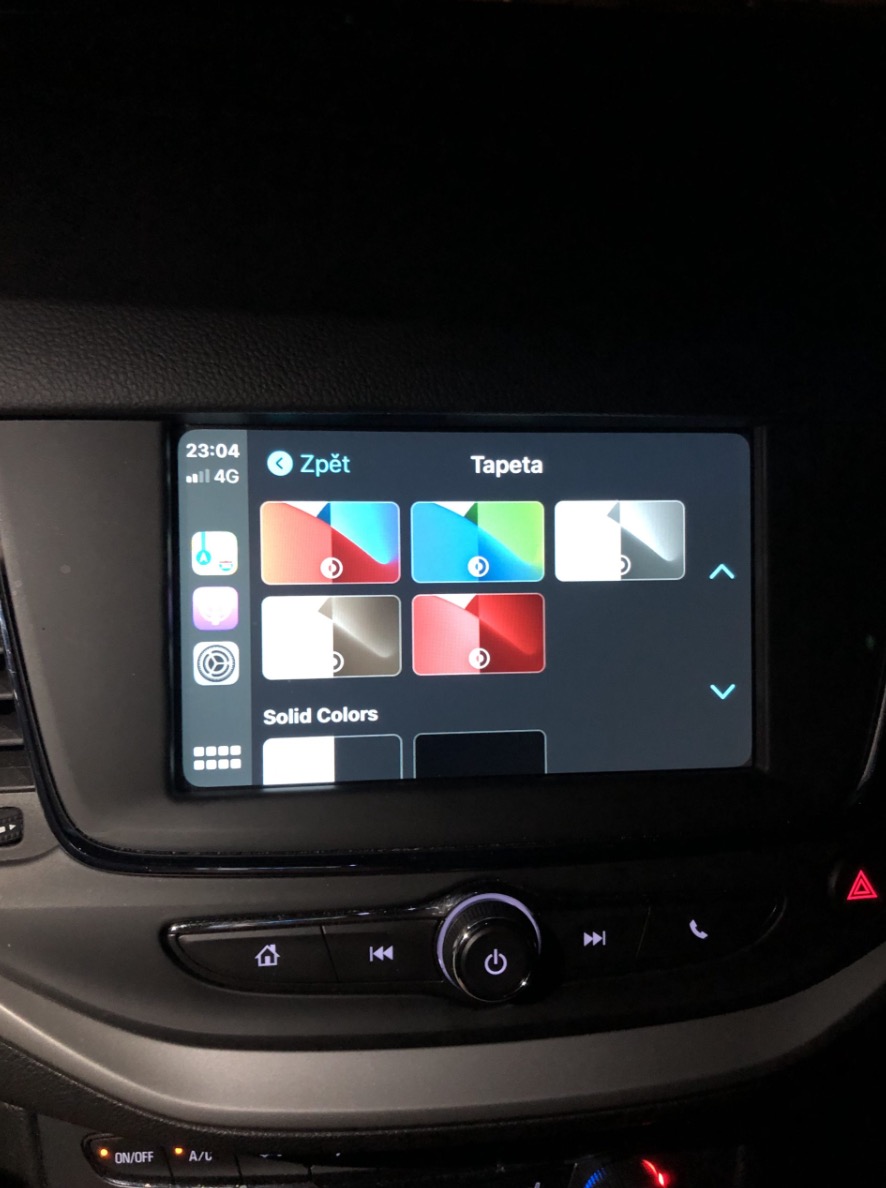
 Flying around the world with Apple
Flying around the world with Apple 

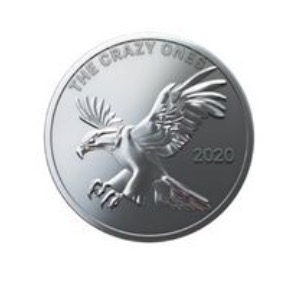


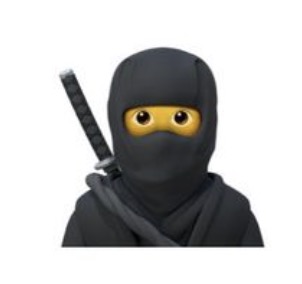



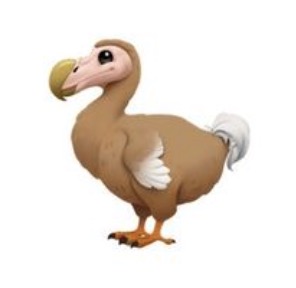
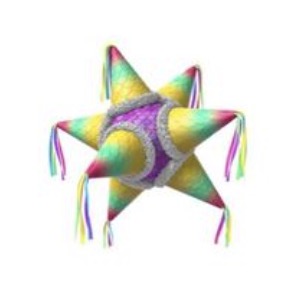

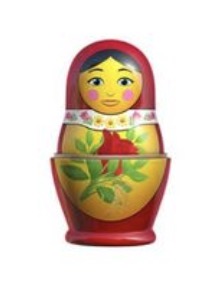
As always, a "quality" "article" about nothing.
The first emoji, i.e. eyes only ?, is mainly used by women, while the face emoji with eyes ? more used by women."
It is interesting that on this site the best newbie Benjamin writes, the latter, if they were to listen, this site could be readable again... I am fascinated by the advice, how the quality of everything on this site has deteriorated...? I just wonder if you know this and are just riding the wave of modern nonsense or if you really think you write well and on interesting topics.
Hello, thank you for the kind warning about a typo that I simply missed. If you don't find this article interesting, I'm very sorry. I personally find it quite interesting. I will ask you on purpose - did you know about all these facts? If so, you have my admiration :)